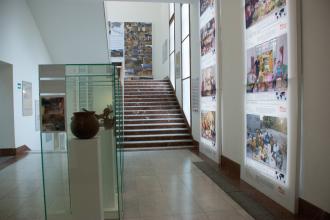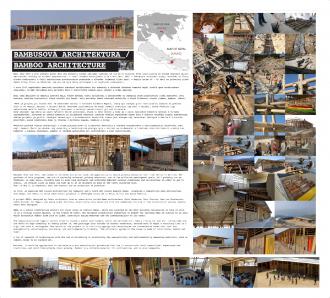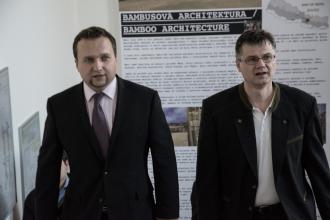How to do it step by step
1st Step:
Gathering information
At first we had to do some research on the topic of sustainable building materials and on construction projects in so-called developing countries.
2nd Step:
Finding the project and negotiations
Then we started to look for projects that would suit our needs. After meeting several organizations involved in developing projects we found the MELA project, organized by Namasté Nepál and implemented by MEEM architects, which suited our needs.
3rd Step:
Consultation with partners
We contacted Nemasté Nepál and MEEM architects and discussed the possibility of collaborating on this installation. The architects and the project organizers were very cooperative and helped us with everything we needed. The process of gathering information and consulting with these partners took between two and three weeks.
4th Step:
Preparing the poster
The third step was preparing the poster. We found an architect who is also a graphic designer, and well known for his contemporary architectural works and his exhibition designs. He produced the design and prepared it for printing. The poster is 4 x 3 m in size, of good quality and easy to read.
5th Step:
Installing
The framing of the poster and the setting up of the installation was done together with other installations. It was done by a specialized company. Finally, we installed the poster together with the other tools comprising the installation.





















